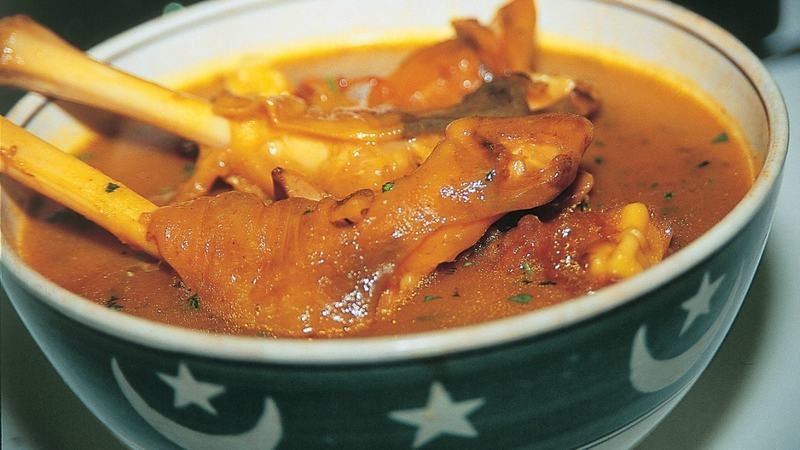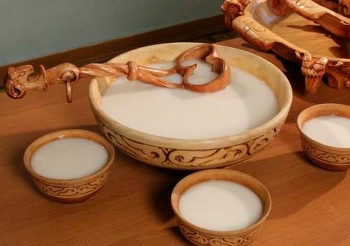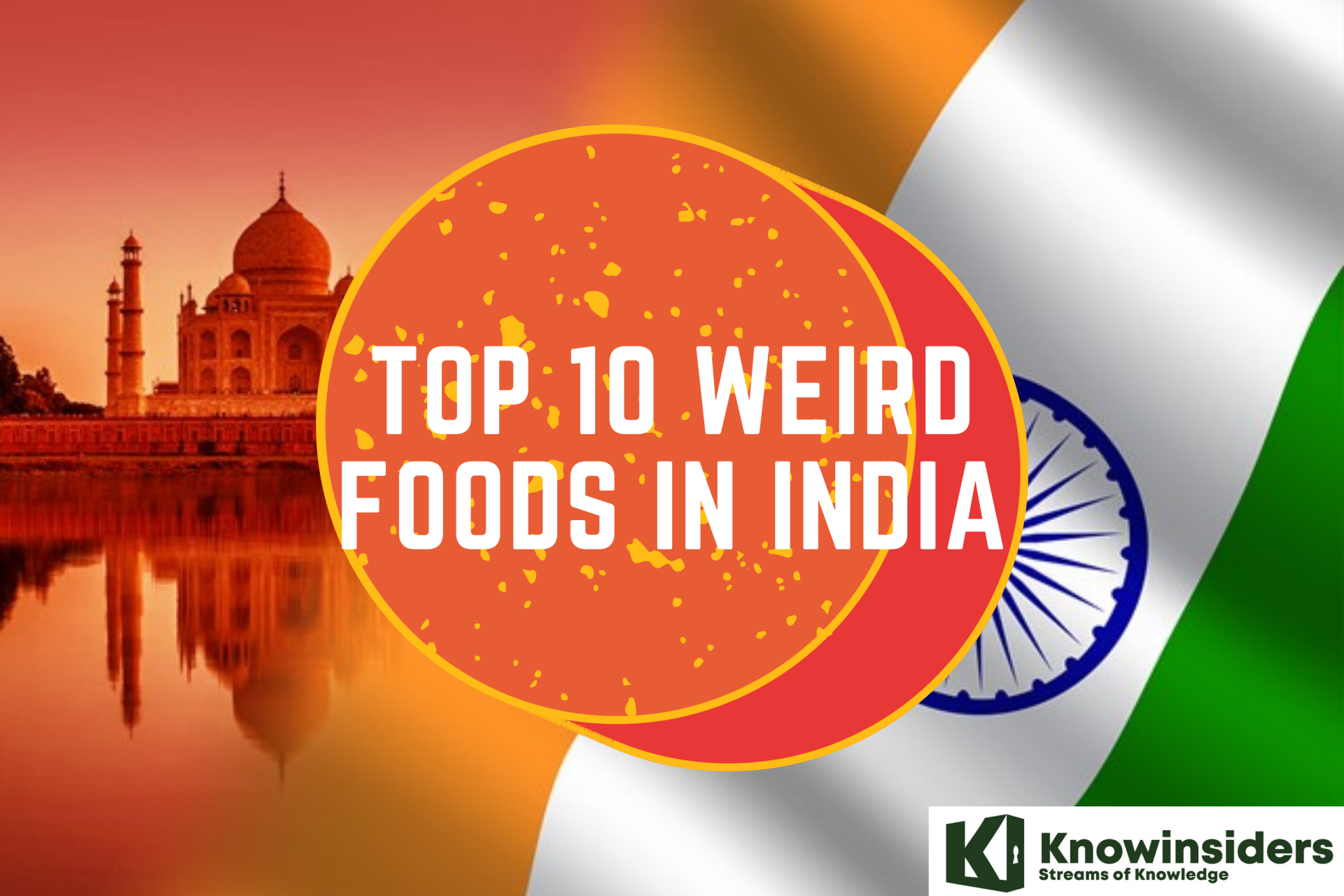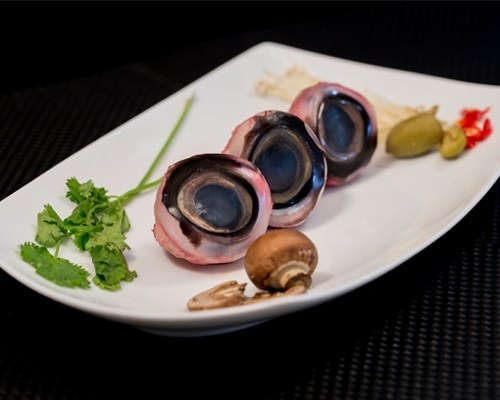What is Paaya of Pakistan - The Weirdest Food in the World
 |
| Pakistani Paaya - Photo: NaushKitchenRoutine.com |
In Hindustani, paaya or paya means legs, and this is indeed what it is. Anything related to legs, whether from goat, beef, buffalo, or sheep, is included in this hearty soup.
We tried this dish in Pakistan because we enjoy experimenting with new cuisine. The-traveling-twins claimed that at the time, we simply gave it a try without knowing what was actually inside.
Origin Of Paya
The English word "hoof" (also spelled "trotters") means "feet" and is used to refer to the paya.
The Persians brought paya from Central Asian cuisine to South Asia, where Muslim chefs in Hyderabad and Lucknow adapted it to the regional fare.
How To Make It?
Onions, red oil flavored with curry spices, and enormous bowls of goat legs and hooves are the basic components. The tendons and cartilage that surround the joints become juicy and easily chewable after hours of simmering. According to Pakembsofia, the red curry broth elevates the entire dish to incredible levels for diners to savor:
→ Whole wheat husk should be used to scrub and clean the mutton trotters. After five minutes, they should be thoroughly rinsed.
→ After bringing the Mutton Trotters to a boil with the ingredients listed for boiling, simmer them for 4 hours on a low flame until they are soft.
→ Add oil and onion paste to a different heavy-bottom pan, and cook until golden. Add the garlic and ginger paste now, and cook until fragrant and golden.
→ Now combine all the spices to create gravy masala. When the mutton trotters are fully coated, add them to the masala and mix well. Cook for 3–4 minutes on high heat until the oil or ghee is released.
→ Bring it to a boil and then add the Trotters Soup (strained from whole Garam Masala). When the gravy reaches the desired consistency, turn down the heat and let it simmer.
→ Serve alongside rice, naan, or roti, as advised by Tickle those Tastebuds.
 |
| Photo: ImagesDawn.com |
Eating Paaya's Experience
This is paya, a Pakistani stew made by overnight simmering lamb or sheep trotters and hooves with a flavorful mixture of spices and chilis.
I looked at a hoof that was bubbling in the rich broth. I remembered that I hadn't eaten anything strange in a while.
In this instance, my Western myopia has branded any food item that contains the less appetizing parts of various beasts as weird. However, to the millions of people in Pakistan and Northern India who choose a steaming bowl of the dish as a filling and almost absurdly restorative breakfast, there is of course nothing strange about paya.
According to Samreen Nawaz, people in Pakistan typically eat it with naan on chilly mornings. According to Indyweek, "the protein is very healthy."
Paaya Today
After that, we conducted some research and learned that the Muslim chefs of Lahore and Hyderabad were primarily responsible for transforming the Central Asian dish into a staple of their cuisine. In Pakistan today, you'll typically find the same kind of paaya: It frequently has as its foundation a soup made of onions, garlic, and numerous spices with a curry base.
The cook then adds meat and bones—aside from pork and chicken—and lets it simmer for a number of hours. To be honest, looking at paaya will give people who don't like meat the chills, but believe us when we say that this stew is good and might even make you think of the things your grandmother used to make.
For those visiting India: Paaye is also available there, usually under the name "khurode," which is derived from the word "hoof".
|
Kymyz, the national drink of Kyrgyz, the landlocked country in Central Asia, could be considered one of the most weirdest foods in the world. Let's ... |
|
Eggs are not only a good source of protein, but they can also be made in many variants. However in some countries, there are weird ... |
|
If you think India is the land of the cuisines of the royals, you will be surprised to know that here there are some weird ... |





























